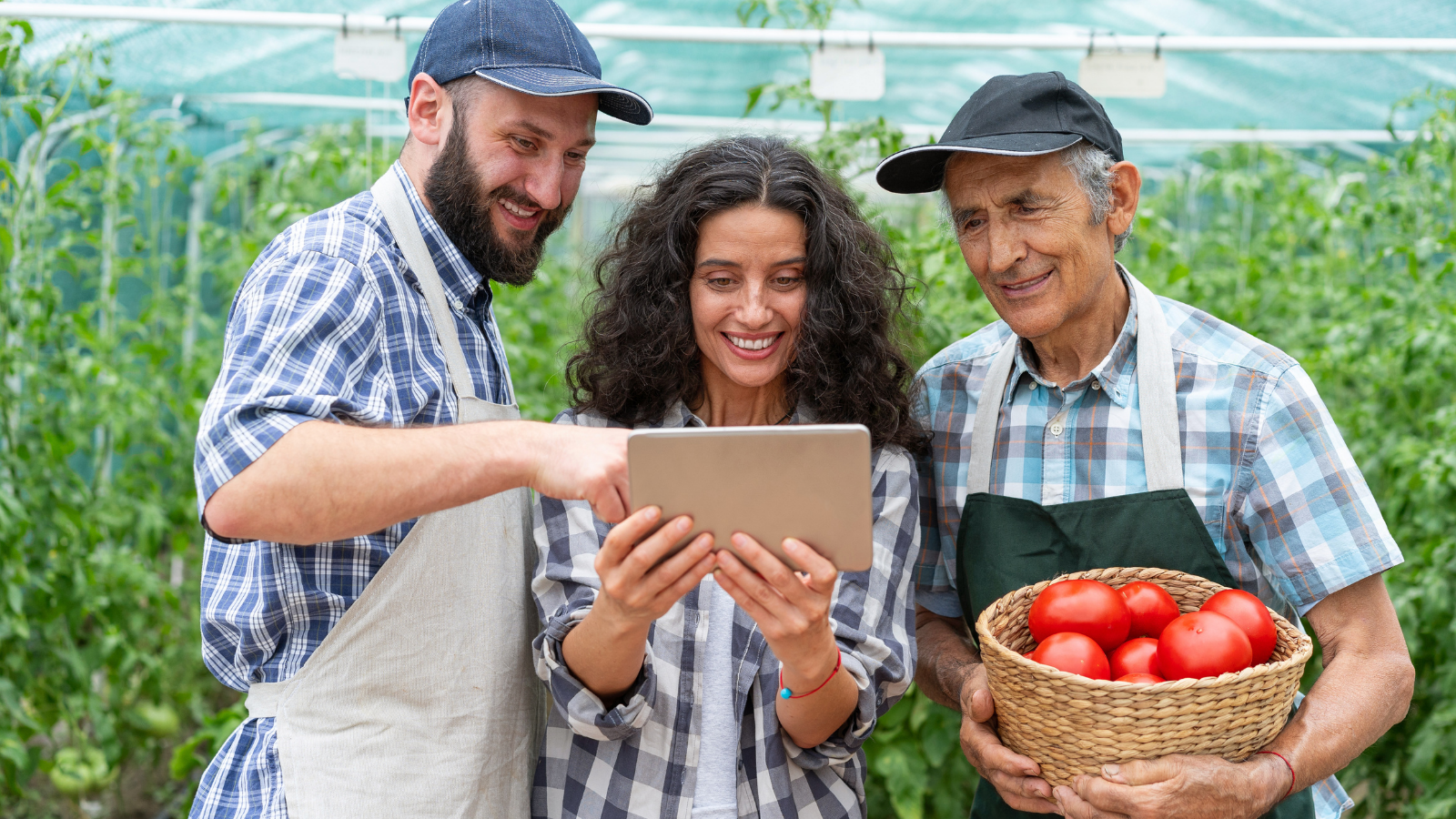
We may think of farming as the labor-intensive production of the 20th century, but if you step on most farms today multiple computer screens in tractors will meet you. Advanced technology is interwoven into almost every aspect of farming, bringing with it tremendous benefits, including improving food quality, food production times, and limiting food waste. For example:
- Some farmers are now using drones equipped with infrared cameras and sensors to monitor crop quality and the health of individual plants.
- Using connected tablets and smartphones, farmers can now remotely detect and resolve equipment malfunctions, enabling a more efficient use of equipment, quicker response times, and improved overall food productivity.
- With wirelessly connected sensors, farmers can track the contents of food silos and grain carts, and prevent spillage.
Decreasing Food Waste with Tech
According to Feeding America, the U.S. wastes about $218 billion worth of food each year. Globally, every year 1.3 billion tons of food is lost or wasted, accounting for a third of all food produced for human consumption.
To put that in perspective, each year we waste 30% cereals, 20% dairy products, 35% seafood, 45% fruits and vegetables, 20% meat, 20% oilseeds and pulses, and 45% roots and tubers according to the Food and Agriculture Organization of the United Nations.
The good news is that wireless technology is helping change that trajectory, helping farmers manage anything from overplanting to selecting food transit vendors who use sensors to prevent spoilage.
Wireless in Action, Wine Style
You don’t have to go farther than California wine country to see technology increasing food quality. Camalie Vineyards has developed, and now sells, an agricultural wireless system to improve crop yield and overall wine grape quality. Camalie was able to grow 3.9 tons of Cabernet Sauvignon grapes per acre in 2007 by irrigating each vine with just 34 gallons of water from June until harvest.
That’s taking a little water and turning it into a LOT of wine. We like the sound of that!